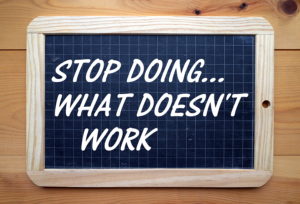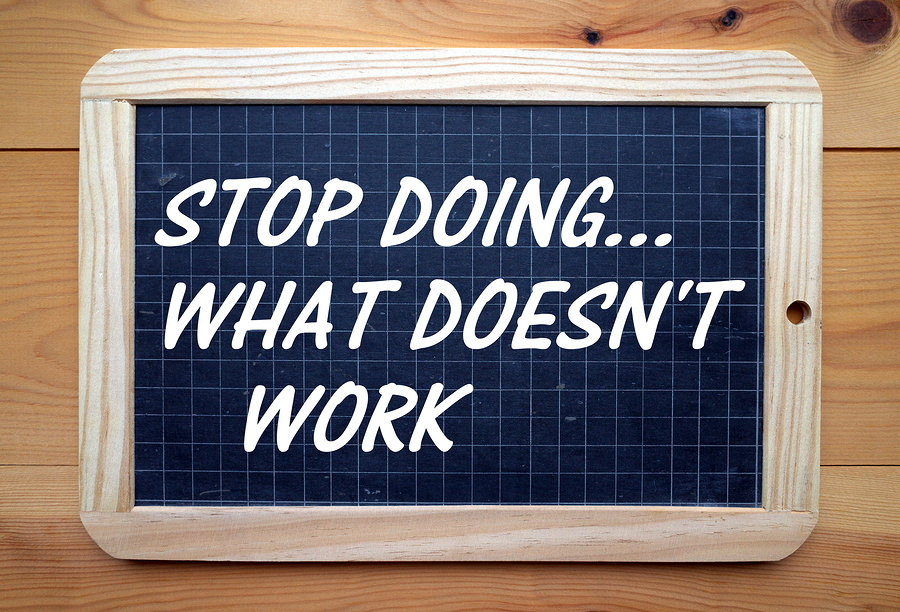As an entrepreneur, have you ever felt the creeping sense of overload inching its way into your mind and body? You’re not alone. Entrepreneur Fatigue is the silent killer of productivity and business growth. But how do you battle this unseen adversary and reclaim the vigor needed to pursue your entrepreneurial dreams?
The High Stakes of Ignoring Fatigue
Imagine steering a ship through a storm with bleary eyes — that’s what managing a business exhausted feels like. Think about it; when was the last time running on fumes led you to your finest hour? The answer, I wager, would be never.
The crushing weight of fatigue doesn’t just dent your well-being; it cascades down to every facet of your business and personal life. Can you identify the telltale signs?
- The irritability that snaps at a team member’s innocent question.
- That mental fog when focus is imperative.
- The clutter drowning your workspace… and your thoughts.
- A simple distraction pulls you off course.
- The lapse in memory when every detail counts.
Sound familiar?
These symptoms aren’t just inconvenient; they can be dire to your business growth. Missing a crucial deadline or alienating a valuable client can have serious repercussions. After all, in the fast-paced business world, one misstep can mean the difference between closing a deal and closing your doors.

The True Cost of ‘Business as Usual’
With fatigue, ‘business as usual’ is anything but profitable. It’s that insidious force that gives rise to stalled business growth and rash decisions. And while the hustle culture applauds those who burn the candle at both ends, we must ask ourselves: At what cost?
Breaking the Cycle
So, how do we dismantle this vicious cycle? How do we restore the balance not only in our businesses but in ourselves?
The simple prescription is this: Rest. Recharge. Refocus. Let’s explore these three R’s that can revolutionize your approach to entrepreneurial vitality:
Rest: The Foundation of Performance
It’s not about how many hours you put in but about the quality of those hours. Working smarter isn’t just a catchphrase; it’s a survival tactic. Could a short nap be the power-up you need to tackle the next challenge? It’s time to ditch the stigma around a midday pause.
Recharge: Cultivate Sustainable Energy
Consider it: when did you last take a day for yourself? Shift gears and take that vacation without a smidgen of guilt. Your business is shaped by the creativity and clarity that only come from a well-rested mind, not just hard work.
Refocus: Prioritize with Precision
Are you tackling tasks that align with your ultimate goals? Every action should be a stepping stone toward success. By eliminating the excess, by honing in on what truly matters, you not only mitigate fatigue but accelerate growth.
A Call to Action for the Weary Entrepreneur
This isn’t just a plea; it’s a rallying cry for sustainability in our business and personal lives. It’s time to forge a new path where well-being and success go hand in hand.
So ask yourself — are you ready to defeat Entrepreneurial Fatigue and step into a future where your health and your business thrive together?
The next time you’re too tired to pole-vault over a chalk mark, take two of these — Sneak in a nap. Grab a day off. Seize a long walk. Carve out a break — and call us in the morning!








 Photo by
Photo by 








